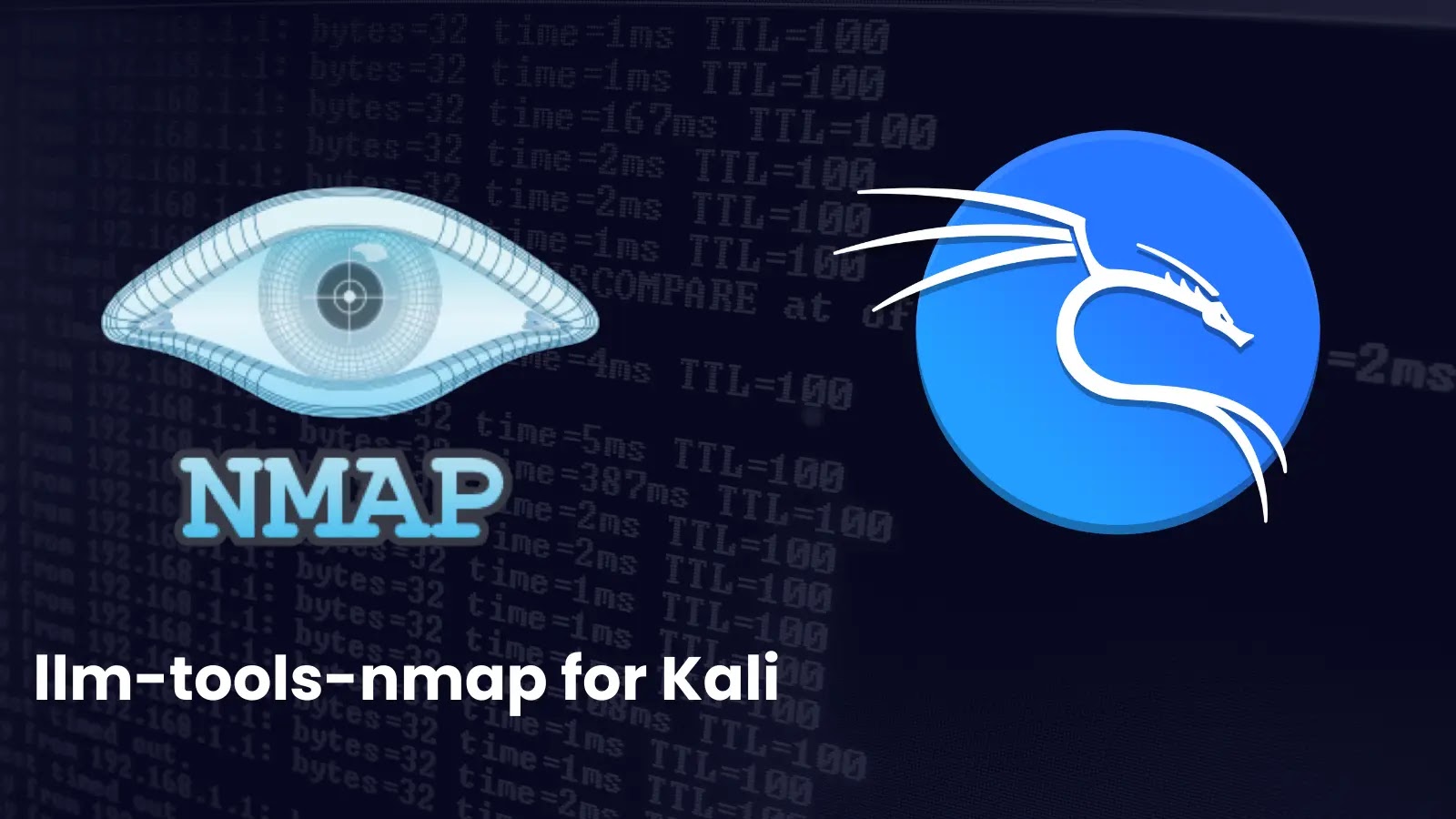
New Kali Tool llm-tools-nmap Uses Nmap For Network Scanning Capabilities
The landscape of cybersecurity is constantly reshaped by innovation. For security professionals, staying ahead means leveraging the most powerful tools available. The recent release of Kali Linux 2025.3 marks a significant leap forward, introducing a revolutionary tool that merges artificial intelligence with foundational network scanning: llm-tools-nmap. This new experimental plugin for Simon Willison’s command-line Large Language Model (LLM) tool fundamentally redefines how network reconnaissance is performed, offering an intelligent interface to the industry-standard Nmap security scanner.
Understanding llm-tools-nmap: AI-Powered Network Reconnaissance
The integration of artificial intelligence with established cybersecurity utilities represents a powerful synergy. The llm-tools-nmap package empowers security analysts and penetration testers by providing a conversational interface to the robust capabilities of Nmap. Instead of memorizing complex Nmap flags and command structures, users can now articulate their scanning objectives using natural language, allowing the LLM to translate these requests into precise Nmap commands. This not only streamlines the scanning process but also lowers the barrier to entry for less experienced users, while enhancing efficiency for seasoned professionals.
The Power of Nmap: A Foundation for Discovery
At its core, llm-tools-nmap harnesses the unparalleled power of Nmap (Network Mapper). Nmap has been the de facto standard for network discovery and security auditing for decades. Its versatility allows for a wide array of scanning techniques, including:
- Host Discovery: Identifying active devices on a network.
- Port Scanning: Enumerating open ports and services running on target systems.
- Operating System Detection: Fingerprinting the operating system of discovered hosts.
- Service Version Detection: Ascertaining the specific version of services running on open ports, which is crucial for identifying potential vulnerabilities.
- Scriptable Interaction: Utilizing the Nmap Scripting Engine (NSE) for advanced tasks like vulnerability detection, backdoor discovery, and more.
The Cyber Security News report highlights how this integration now makes these capabilities more accessible and intuitive through an LLM interface.
Enhanced Efficiency and Accessibility for Security Professionals
The primary benefit of llm-tools-nmap lies in its ability to abstract the complexity of Nmap. Consider scanning for specific vulnerabilities or performing highly targeted reconnaissance. Traditionally, this might involve crafting intricate Nmap commands. With the LLM interface, an analyst could potentially ask for “open ports for web services on 192.168.1.0/24” or “scan for SMB vulnerabilities on this subnet.” The LLM then generates and executes the appropriate Nmap command, presenting the results in a clear, digestible format. This significantly reduces the cognitive load and accelerates the reconnaissance phase of a security assessment.
Practical Applications in Penetration Testing and Security Audits
For penetration testers, llm-tools-nmap offers a quicker pivot from an idea to execution. Instead of consulting documentation or recalling obscure flags, they can focus on the strategic objectives. During a security audit, an internal team can rapidly assess their network’s exposure by simply querying the LLM-powered tool. This experimental plugin has the potential to:
- Accelerate initial reconnaissance phases.
- Simplify complex scan configurations.
- Improve the learning curve for new security analysts.
- Enable more dynamic and adaptive scanning based on real-time queries.
Future Implications for AI in Cybersecurity Tools
The introduction of llm-tools-nmap is more than just a new feature; it’s a harbinger of a future where AI plays an increasingly integral role in cybersecurity tooling. This experimental plugin demonstrates the feasibility and utility of natural language processing interfaces for powerful command-line tools. We can anticipate similar integrations across other critical security utilities, leading to more intuitive, efficient, and powerful workflows for security professionals navigating an ever-evolving threat landscape.
Conclusion: A Smarter Approach to Network Scanning
The advent of llm-tools-nmap in Kali Linux 2025.3 marks a pivotal moment for network scanning and security reconnaissance. By intelligently integrating Nmap’s robust capabilities with a command-line LLM, it offers a more intuitive, efficient, and accessible way for cybersecurity professionals to discover, analyze, and secure network infrastructure. This innovative approach promises to streamline operations, enhance decision-making, and ultimately contribute to stronger cyber defenses.





